
Support for the Elderly, Boundless Filial Piety

Innovative Use of Community Space to Create Embedded Elderly Care Services and Stimulate New Community Governance Dynamics
In China, the aging process is accelerating, and the number of elderly people is continuously increasing. Providing high-quality, personalized elderly care services has become a focal point of societal concern. Among various explored elderly care models, community embedded elderly care is emerging as a new and promising model, gradually gaining prominence in the field of elderly services. The often-overlooked “scraps” of community space may seem insignificant, but they actually contain immense development value. If these spaces can be cleverly utilized, they can not only bring new opportunities for community embedded elderly care services but also act as a powerful engine to stimulate new dynamics in community governance, propelling community development to new heights.
Value Extraction from Community Space “Scraps”
Reutilization of Idle Spaces—In communities, there are often neglected corners, such as idle basements, abandoned warehouses, or old bike sheds. These spaces have not been fully utilized for a long time and have failed to realize their potential value. However, from another perspective, by examining them with innovative thinking and through careful renovation, these spaces can be transformed into excellent venues for providing elderly care services. For example, an idle basement, which is originally dark and damp, filled with clutter, can be transformed into a warm and comfortable day care center through proper waterproofing, improved ventilation, and optimized space layout. Here, elderly individuals can receive attentive care during the day, enjoy a comfortable resting area, and participate in entertainment activities such as watching TV and reading, enriching their daily lives. Similarly, an abandoned warehouse can be redesigned and renovated into a vibrant elderly activity center, equipped with a chess room for elderly individuals to hone their chess skills, and a calligraphy and painting room providing a stage for those who love art to showcase their talents. These renovations not only breathe new life into idle spaces but also greatly enrich the spiritual and cultural lives of the elderly.
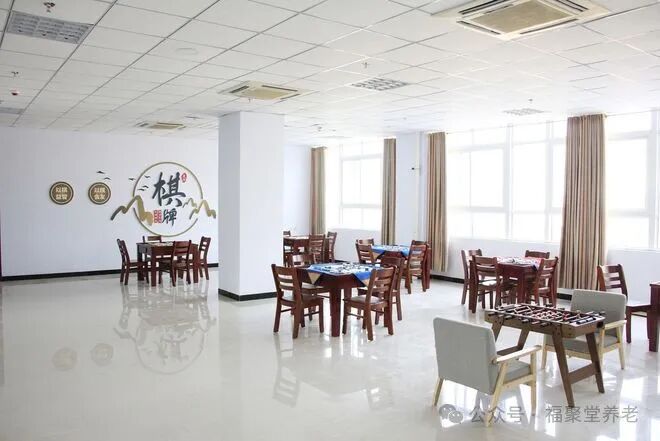
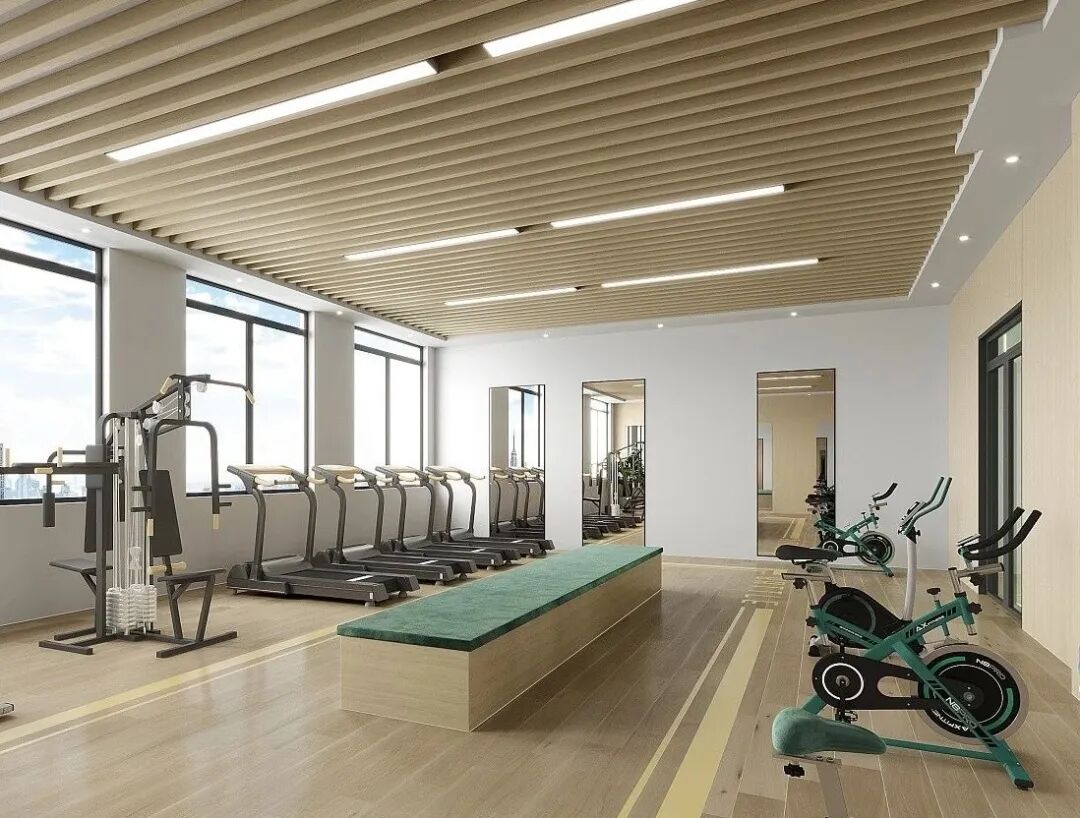
Integration of Public Spaces—The public spaces within communities, such as elevated floors and open spaces between buildings, have often been viewed merely as passageways or green areas, and their potential value has not been fully explored. With in-depth research into the demand for community elderly care services, the multifunctionality of these public spaces is gradually becoming apparent. Replanning and integrating these spaces has become a key approach to enhancing the quality of community elderly care services.
For instance, the originally empty and functionally singular elevated floor can be transformed into a fitness area designed specifically for the elderly by installing fitness equipment through reasonable planning. The ground can be made of non-slip materials, and benches can be placed around for the elderly to rest after exercising. Here, elderly individuals can engage in suitable exercises according to their physical conditions, thereby enhancing their physical fitness. Additionally, building a sunroom in the open space between buildings and converting it into a gardening area for the elderly is also a great option. The sunroom can be equipped with complete planting facilities, allowing the elderly to grow their favorite plants, connect with nature, exercise, cultivate hobbies, and enrich their later life.

Practical Pathways for Creating Community Embedded Elderly Care Services
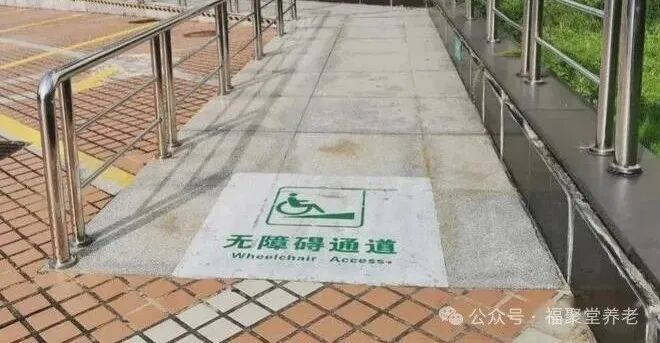
Construction of Service Facilities—When utilizing the “scraps” of space to build elderly care service facilities, the primary task is to consider the needs and safety of the elderly. When renovating activity spaces, attention should be paid to human-centered design. For example, setting up barrier-free pathways to allow the elderly to move freely and reduce the risk of falls caused by steps; installing sturdy handrails in potentially dangerous areas such as corridors and bathrooms to provide necessary support for the elderly. Additionally, each activity area and room should be equipped with an emergency call system to ensure that elderly individuals can quickly receive assistance in case of emergencies.
Moreover, it is crucial to reasonably plan the spatial layout according to different functional needs. For instance, a rehabilitation therapy room can be specifically established, equipped with massage chairs, rehabilitation training equipment, and other professional rehabilitation devices to provide scientific and effective rehabilitation services for elderly individuals in need. The decoration style of the rehabilitation therapy room should be warm and comfortable to create a relaxed and pleasant environment.
Expansion of Service Content—Based on the carefully crafted space, the content of elderly care services can be further expanded and enriched to provide comprehensive and multi-layered care for the elderly. In addition to basic life care, such as assistance with dressing, washing, eating, and bathing, various special services can also be actively developed. In terms of cultural and educational services, the community can collaborate with nearby schools or educational institutions to establish branches of elderly universities. These branches can offer a variety of courses such as calligraphy, photography, and cooking. Calligraphy classes allow the elderly to appreciate the charm of traditional culture and enhance their artistic cultivation; photography classes fulfill the elderly’s desire to document their lives; cooking classes enable the elderly to learn new skills and enjoy the joy of making delicious food.
Healthcare services are indispensable. The community can invite local doctors to hold regular consultations, providing health checks, disease diagnoses, and treatment advice for the elderly. Regular health lectures can be organized, inviting professional doctors or health experts to explain common disease prevention and health maintenance knowledge. Occasional free clinic activities can be organized to allow the elderly to enjoy quality medical resources at their doorstep. Organizing volunteer services is also an important way to enhance the social lives of the elderly. Encouraging community residents to pair up with the elderly, young people can chat with the elderly, take walks, and help solve daily difficulties; children can perform programs for the elderly, bringing joy. These volunteer service activities enrich the social lives of the elderly, promote interaction among community residents, and create a harmonious community atmosphere.

Stimulating New Dynamics in Community Governance
Enhancing Community Cohesion—Creating community embedded elderly care services acts like building a communication bridge, attracting residents of different age groups to participate widely. Young people, with their vitality and enthusiasm, participate in volunteer services to help the elderly with tasks such as shopping and appliance repairs, enhancing their understanding of the elderly’s living needs and spiritual world, and cultivating a sense of social responsibility. The elderly can also communicate and share experiences with each other during elderly care service activities, strengthening their bonds.
For example, the community-organized calligraphy activity for both young and old has become a good platform for interaction among residents of different ages. During the activity, the elderly impart calligraphy skills and cultural connotations, while young people bring new creative inspirations, bridging the gap between them, enhancing community cohesion and sense of belonging, and making the community more harmonious.
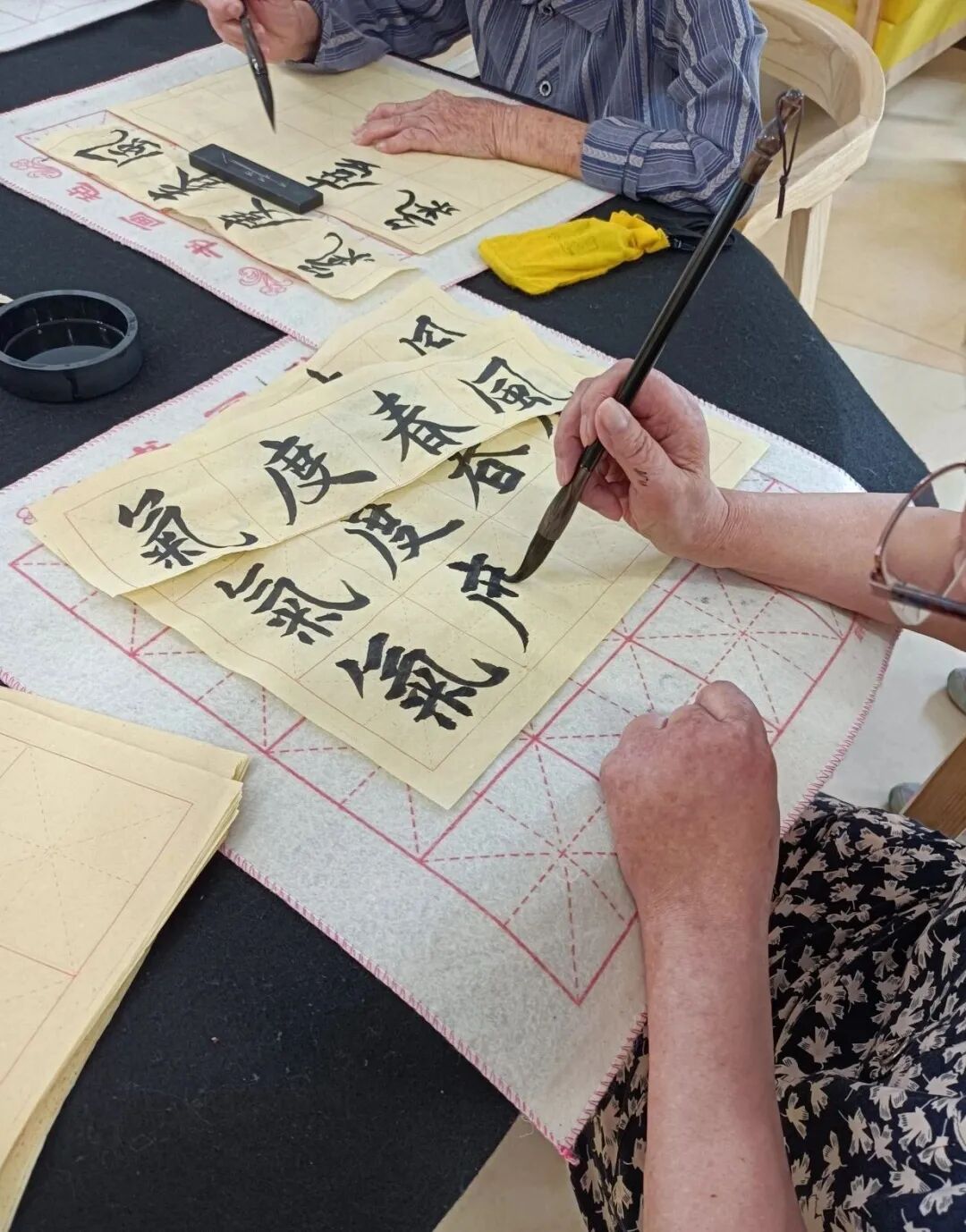
Increasing Resident Participation—During the process of creating elderly care service facilities, encouraging residents to actively participate in planning and supervision can effectively enhance their attention and involvement in community affairs. From the project planning stage, the community can widely solicit residents’ opinions and suggestions on elderly care service facilities through resident forums, suggestion boxes, and online surveys. Residents can provide suggestions on facility layout and functional settings based on their life experiences and understanding of the elderly’s needs, making the facilities more aligned with actual demands.
After the facilities are built and operational, resident participation remains equally important. For instance, a resident supervision group can be established, composed of enthusiastic residents who regularly supervise the service quality of elderly care facilities, including the attitude of service personnel and the implementation of service content. Any issues discovered can be promptly reported to community management departments, and assistance can be provided in formulating improvement measures. This model of broad resident participation promotes the diversification and democratization of community governance, making community governance more scientific, rational, and effective.
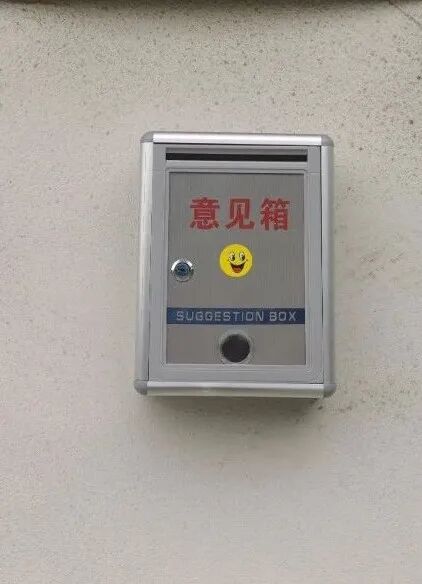
Promoting Resource Integration—The development of community embedded elderly care services promotes the organic integration and efficient utilization of resources within the community. The community establishes close cooperative relationships with nearby medical institutions, enterprises, and social organizations to achieve resource sharing and complementary advantages.
Cooperating with nearby hospitals to safeguard the health of the elderly. Both parties can open a green medical passage, allowing elderly individuals to receive professional treatment quickly in case of emergency medical situations, reducing medical time and increasing success rates. Hospitals can also regularly send experts to the community for health checks and diagnoses, providing professional medical support.Collaboration with enterprises brings new vitality to community elderly care services. Enterprises can provide elderly individuals with job opportunities such as handicraft production and product packaging, allowing them to contribute their skills and increase their income. At the same time, enterprises can offer product discounts to the elderly, reducing living costs. Collaborating with social organizations enriches the content of community elderly care services. Social organizations have rich experience in planning and organizing activities, and can work with the community to carry out cultural performances, care for lonely elderly individuals, and other public welfare activities, enriching the spiritual and cultural lives of the elderly and bringing vitality and positive energy to the community. Through comprehensive resource integration, the quality of elderly care services can be enhanced, injecting vitality and resources into community governance, and promoting sustainable community development.


Challenges and Response Strategies
Funding Issues—The funding for renovating spaces and constructing service facilities is a key challenge faced in creating community embedded elderly care services. This can be alleviated through diversified funding sources.The government plays an important role by establishing special funds to support community embedded elderly care service projects, which can be used for project initiation and initial construction, such as space renovation and equipment purchase. At the same time, financial subsidies can encourage enterprises, social organizations, and individuals to participate in elderly care services.
Social donations are also an important source of funding. Encouraging enterprises and social organizations to take on social responsibilities and donate to projects can be supported by tax incentives from the government to enhance donation enthusiasm. The community can organize charity events and issue initiatives to mobilize caring individuals to donate, gathering social forces.The community itself should also actively raise funds. On one hand, it can organize residents to raise funds, publicizing the significance of the project and encouraging voluntary donations; on the other hand, it can conduct community commercial activities, such as community markets and stall rentals, to raise funds for the construction and operation of elderly care service facilities.

Shortage of Professional Talent—Elderly care services require a high level of professionalism, with significant demands for the professional quality of medical, nursing, and management personnel. Currently, there is a shortage of professional talent in community elderly care services, which needs to be addressed through multiple approaches.
Strengthening cooperation with professional schools to cultivate professional talent. Communities can establish talent training bases with nearby medical and nursing schools, implementing targeted training programs. Schools can develop teaching plans based on the needs of community elderly care services to train professional talent. Graduates can directly enter community work.Regular training for existing service personnel is also essential to enhance their professional skills and service levels. Communities can invite industry experts and experienced nursing staff to conduct training courses on medical care, psychological care for the elderly, and service management, enabling service personnel to update their knowledge structure and better serve the elderly.
Implementing preferential policies to attract professional talent to engage in community elderly care services. The government can provide housing subsidies, preferential policies for title evaluations, and other measures to improve treatment and social status. Communities can offer a good working environment and development space, such as career advancement opportunities and training for further education, to attract more professional talent.
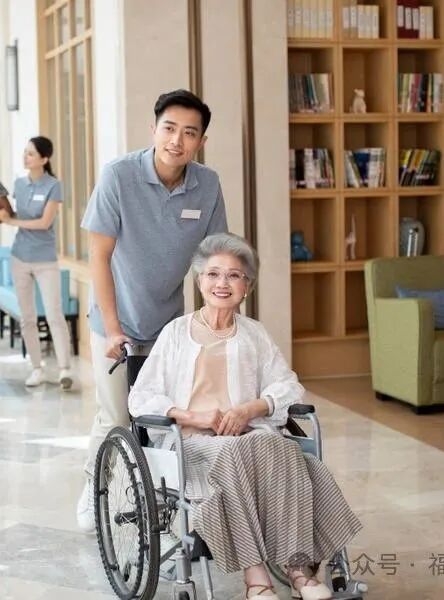
Space Planning and Management—Reasonable planning and utilization of space “scraps” is crucial to ensuring that elderly care service facilities achieve maximum effectiveness. This requires both professional planning design and effective management measures.
Inviting a professional planning design team is the first step in scientific planning. The team can conduct personalized planning and design based on the characteristics of the space, such as size, shape, lighting, and ventilation, as well as the actual needs of the elderly. For example, a small space can be designed as a compact rehabilitation training room, while a well-lit space can be transformed into a leisure reading area. Through scientific planning, diverse needs of the elderly can be met.
Establishing and improving space management systems is essential to ensure the normal operation and long-term use of service facilities. Clear usage rules for the space, such as opening hours, scope, and precautions, should be established to inform users how to use the facilities correctly. Maintenance responsibilities should be clearly defined, with designated individuals or teams responsible for daily maintenance and regular inspections to ensure the safety and reliability of the facilities, providing a safe, comfortable, and orderly elderly care service environment.
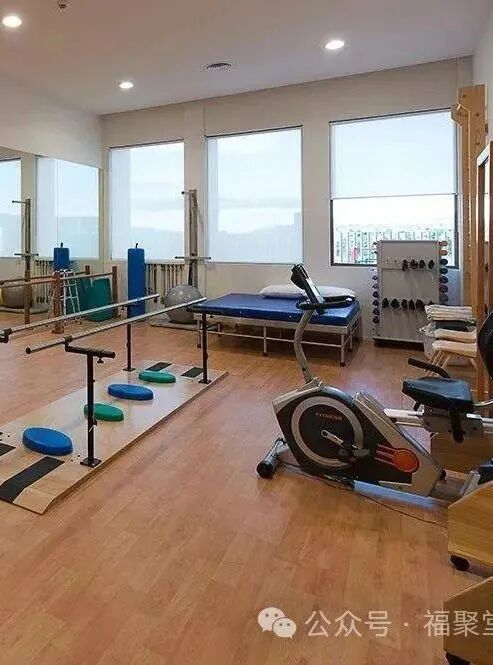
Innovatively utilizing community space “scraps” to create community embedded elderly care services is an innovative and far-reaching measure to address the aging society. It not only provides the elderly with thoughtful and convenient care services, enhancing their quality of life in their later years, but also stimulates new dynamics in community governance, promoting comprehensive community development.
By tapping into the potential value of community spaces, expanding and enriching service content, integrating resources within and outside the community, and effectively addressing challenges, the community will be revitalized. Elderly care services and community development will form a positive interaction, making the community not only a warm home for the elderly to enjoy their later years but also a harmonious community for residents to participate in, build, and develop together, laying a solid foundation for constructing a better society.

END

Image Source: Internet